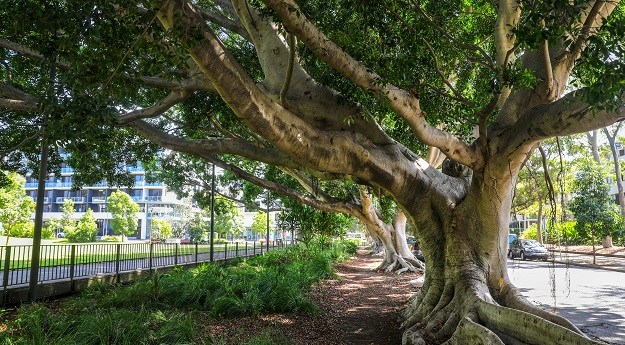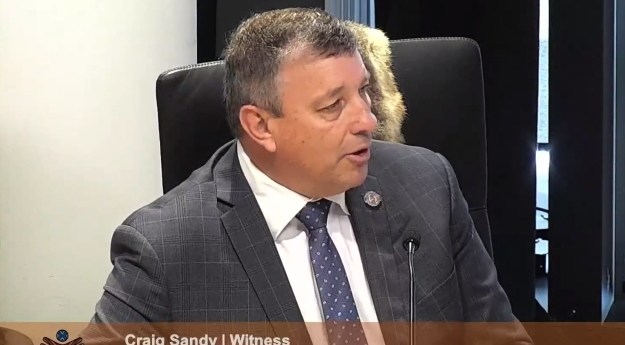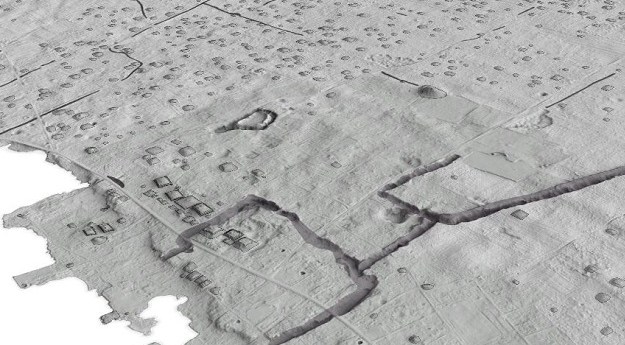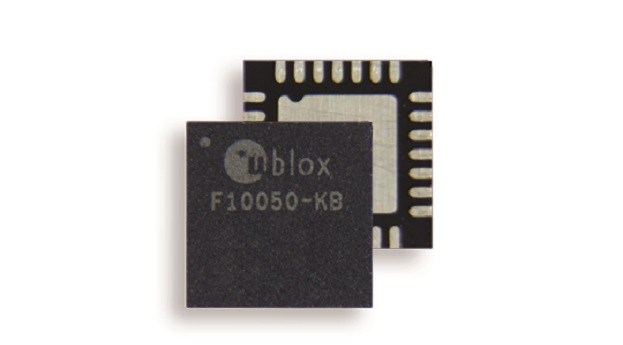
Researchers have developed a machine learning model that can identify Gamba grass from high resolution satellite imagery with up to 90 percent accuracy.
Scientists from Charles Darwin University, the University of Western Australia and the CSIRO have developed and trained the model to detect the invasive weed from high resolution multispectral imagery.
Gamba grass is a Weed of National Significance in northern Australia that can grow in tussocks up to 4m high and burn in large hot fires in the dry season. The scale and remoteness of the areas it affects make on-the-ground mapping approaches impractical, according to the CSIRO and Associate Professor Samantha Setterfield from the University of Western Australia.
“Mapping gamba grass using satellite imagery unlocks the potential to frequently map large areas so we can get a better picture of where gamba grass is across northern Australia, and how quickly it is spreading,” she said.
“Managers can then target areas that are the highest priority for control, such as biodiversity-rich areas or culturally important sites.”
The researchers tasked Maxar’s Worldview-3 satellite to capture very high resolution imagery across 16 spectral bands over an area of 205 square kilometres of a densely infected area, near Batchelor in the Northern Territory.
Dr. Natalie Rossiter-Rachor, of Charles Darwin University said that research into the weed’s life cycle informed the tasking of Worldview-3 and contributed heavily to the high detection rates.
“We knew that gamba grass tends to stay green longer into the dry season than native grasses, so we timed the capture of the satellite imagery for this period,” Dr. Rossiter-Rachor said.
“Understanding the ecology of the problem was essential to informing the remote sensing and machine-learning solution to the problem.”
The project is one component of a larger project to map Gamba grass across northern Australia, funded by the federal government’s National Environmental Science Program under the Northern Australia Environmental Resources Hub.
The CSIRO’s Dr. Shaun Levick said that the researchers plan to refine the model to work reliably with lower resolution source material.
“Our longer-term goal is to move to a system where we can use free, open-access imagery to map gamba grass. We want to develop a technique that is accessible to anyone and that can help improve land management in northern Australia,” he said.
To read the paper Leveraging High-Resolution Satellite Imagery and Gradient Boosting for Invasive Weed Mapping, go to https://ieeexplore.ieee.org/abstract/document/9154553.
Stay up to date by getting stories like this delivered to your mailbox.
Sign up to receive our free weekly Spatial Source newsletter.













